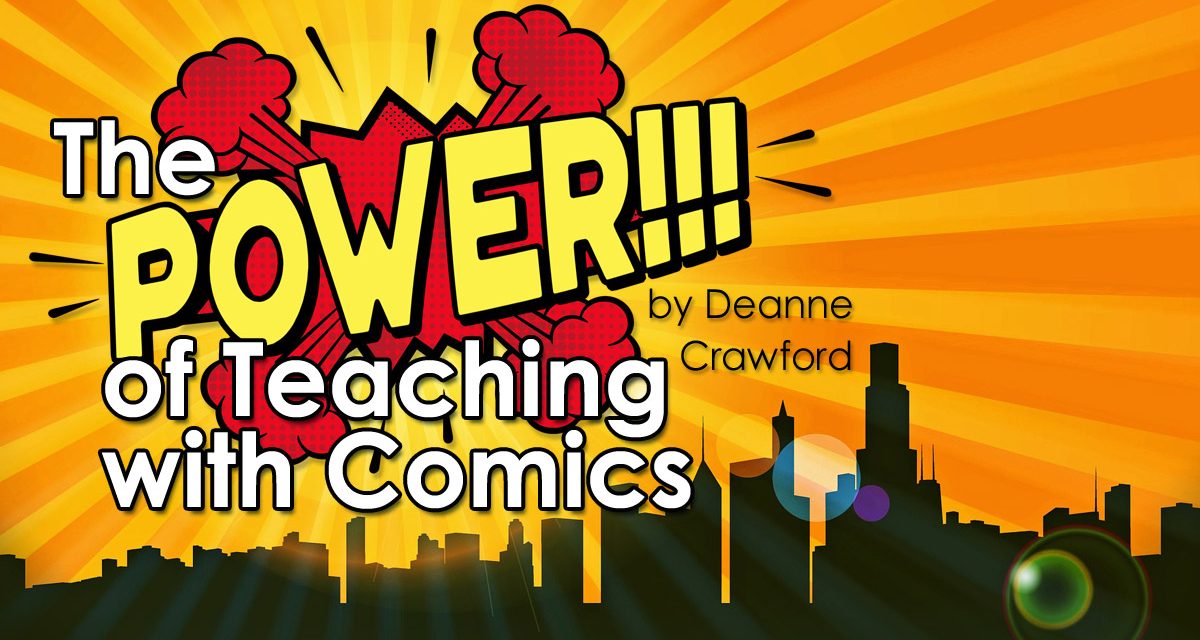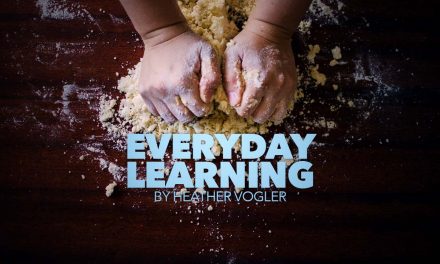Hiding in the back of my middle school English Lit class, I remember thinking, “I love to read; why is this so boring?” Reaching into my backpack, I pulled out my favorite comic and slipped it inside my textbook while the teacher droned on. Mind you, I loved the required books for class and today, my beloved copy of Les Misérables is in tatters from repeated reading. While I was passionate about reading, my best friend struggled to read any assigned book or text. Hand her a comic, though, and she would sit, devouring them for hours.
For years, comics have been rejected by parents and teachers alike as mind numbing time wasters. Would you be surprised to learn that recent research shows that comics are powerful teachers for children of all ages? Let’s take a look at some of the benefits of comics in teaching. Josh Elder, founder of Reading with Pictures, succinctly summarizes the educational value of comics with 3 Es: Engagement, Efficiency, and Effectiveness.
Engagement. Intuitively, we know that (most) kids love comics. Whether it is the 4-panel comic strip slipped into the textbook to break up the content, or a brightly colored comic book or graphic novel, the engaging images and concise texts grabs their attention. Gaining and keeping our children’s attention is the first step in the educational process! Contrary to what many of us grew up believing, current research shows that children who read comics enjoy reading more than their peers. Not only do they enjoy reading more for pleasure and often naturally progress to more traditional books.
Efficiency. Comics are well known for teaching in-depth concepts in a small amount of space using dialogue and side bars. Research shows that using words and pictures together help children understand and recall information. Think how often children get bogged down reading a long math introduction or history chapter. What if you handed them a topic-focused comic instead? Text alone is often inadequate to express or explain complex topics. Weaving together complicated ideas with concise wording or a narrated storyline with cartoon images often brings those “aha!” moments we strive for in our learners. How much more efficient is it to read a comic focused on a specific science topic than read and re-read the same 5 pages of text found in your current curriculum? Efficient and more engaging!
Not only is it more efficient to teach complex information in pictures and short narrations, but I was stunned at the research identifying comics as a primary tool for vocabulary development. Of course, there are fabulous vocabulary cartoon books available. But that is not the only way comics are excellent resources for vocabulary development! Research has shown that comic books average 53.5 rare words per thousand, while children’s books average 30.9, and adult books 52.7. You may be asking, “what is a rare word”? Rare words are more sophisticated words that are not likely to be part of a child’s vocabulary in his given grade range. In other words, children who read comics are exposed to higher level vocabulary words which enhances reading comprehension and higher-level thinking skills!
Effectiveness. Research abounds on the effectiveness of comics in the educational realm. Consider learning styles and comics. Visual learners thrive as they absorb the colorful, detailed graphic images. Tactile learners may relate more to the smooth paper used in most comics. Take it to the next level for your tactile learners by adding value to their learning experience. Ask them to create their own cartoon based on what they are learning! Not to be left out, comics can have numerous benefits for auditory learners. Comics are often short dialogues between different characters. Ask children to read them aloud. In a group setting, you can assign characters to several children. If you are working one-on-one with a child, encourage him to use unique voices or practice dialects for the different characters. He just may surprise you and show a gift for communication!
Reading the comics aloud is beneficial for all learners. Practicing the dialogue aloud improves fluency and hones public speaking skills–regardless of the child’s age and learning style! Research also shows the value of comics in supporting teaching through the eight multiple intelligences (MI). Learn more about using comics to meet MI learning needs.
Regardless of age, learning styles or multiple intelligences, children or adults retain information better through text and images presented together. Scientists have learned that our brains process text and images in different areas, improving learning speed, understanding, and retention! Think about the last time you simply sat and read a textbook or technical manual. If pictures or graphs were included, did you take time to read them or did you just skim and keep reading the text? For most, it is the image and the text working together that solidifies the information in our minds and helps us have those “aha-I-understand” moments.
To paraphrase Tennyson, “Arise, Go Forth, and Conquer”! Integrating comics in your subjects breathes a fresh excitement for learning in your children. Conquer struggles and resistance. Conquer boredom. You got this! ~ Deanne





